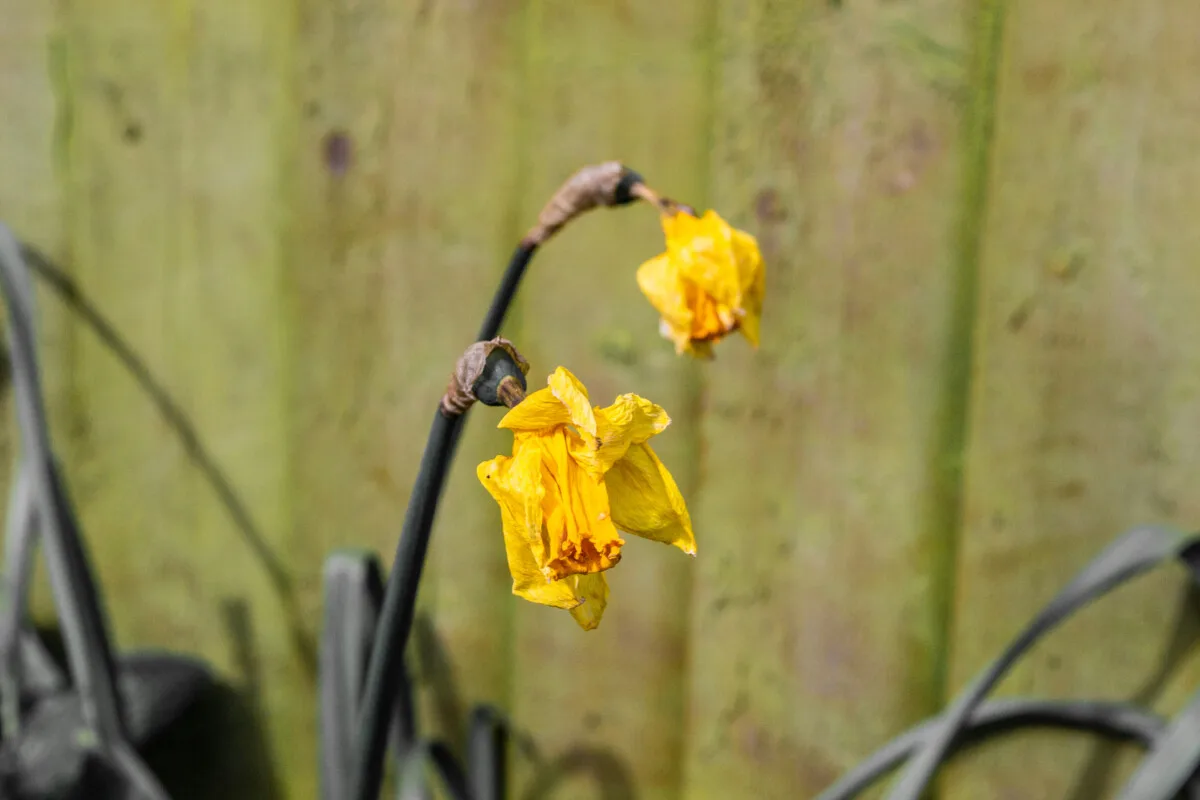
Daffodil blindness sounds like a dramatic problem, but it describes a common issue – lack of blooms. In fact, lack of blooms can be quite dramatic for those who have looked forward to these early spring flowers.
Like many plant issues, there are many potential causes for this problem, from incorrect planting to overcrowding and cutting back at the wrong time. Assess which of these causes is most likely based on your care and the conditions around your plants.
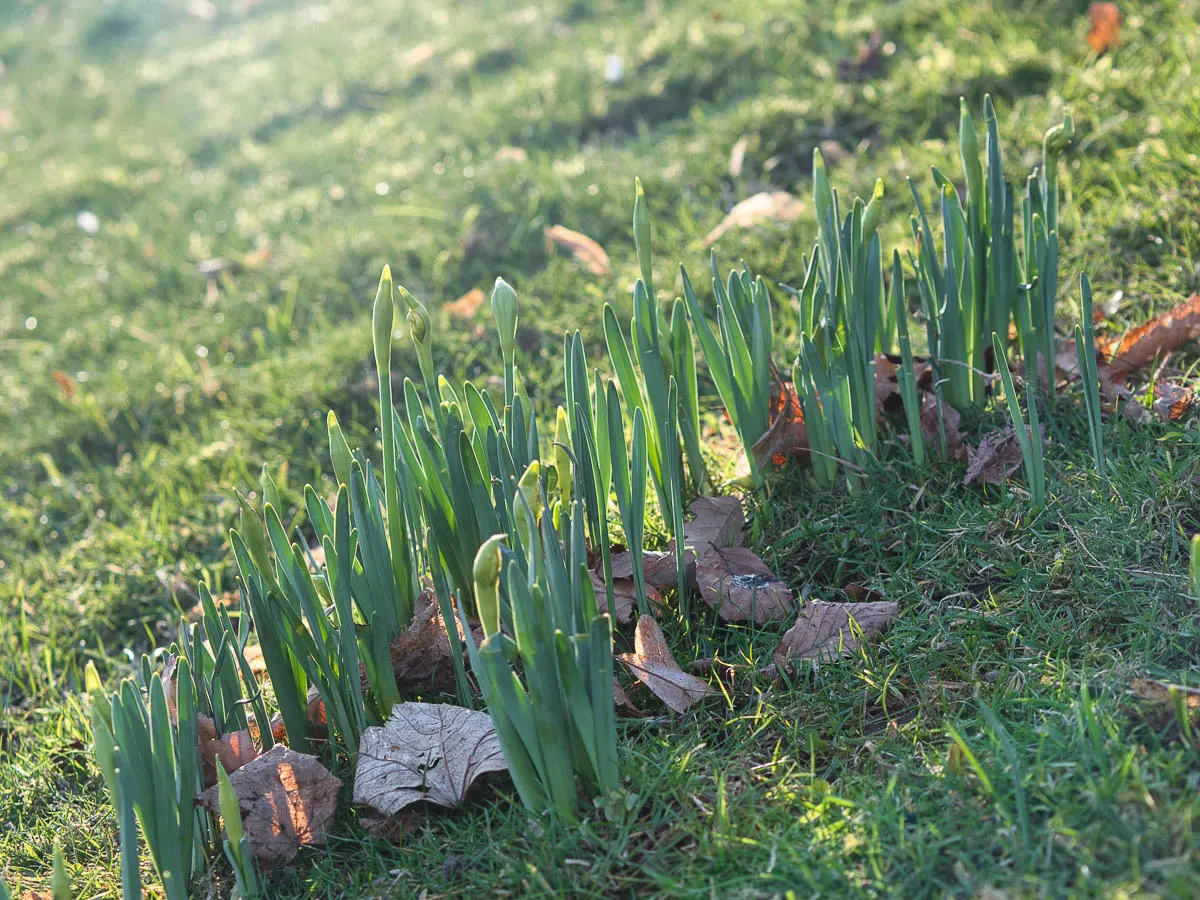
What Causes Blind Daffodils?
Incorrect Planting Depth
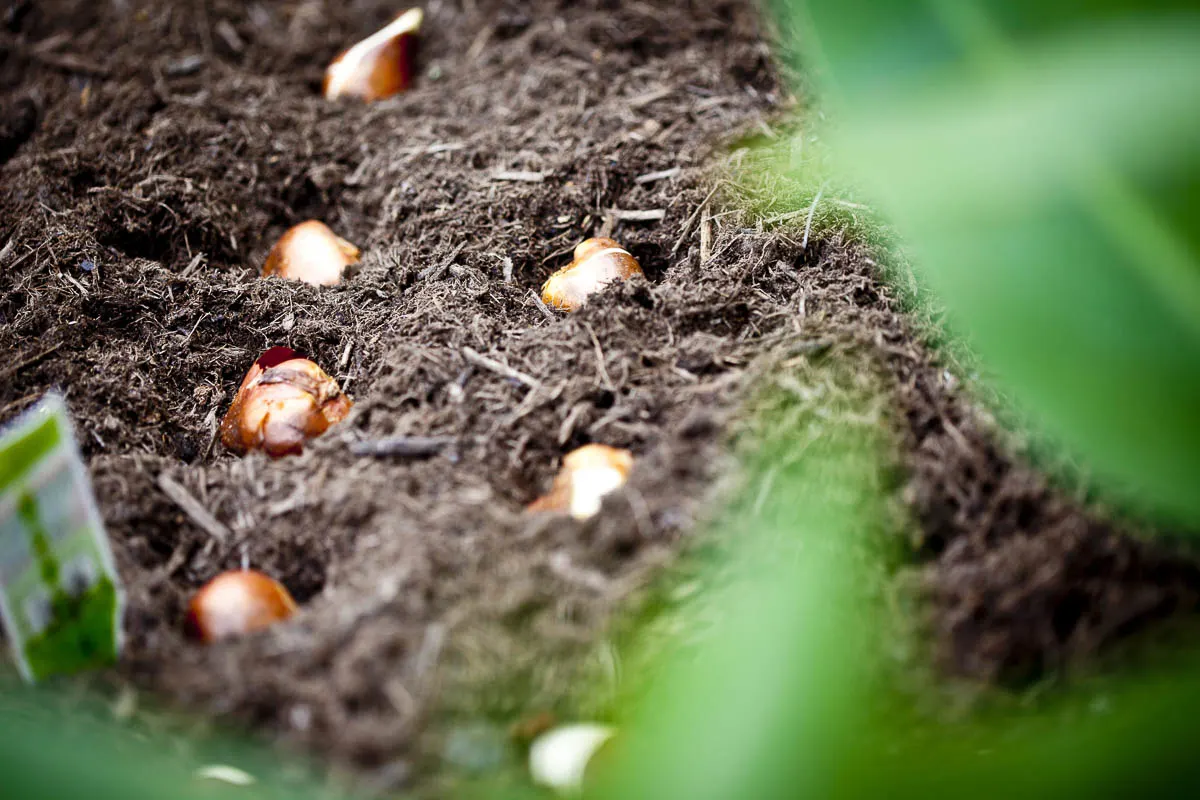
The first potential cause begins early on – incorrect planting depth. Daffodils need to be planted quite deep for their size to grow successfully. As a general rule, it is recommended that daffodils are planted around two or even three times their depth. This gives the roots enough space to grow to have the right foundation for flowering.
If daffodil bulbs are planted shallowly, they often prioritize spreading outwards beneath the soil rather than producing more green growth and flowers above the soil. The new bulbs produced will also be quite small due to the smaller root system, meaning they are unlikely to flower for a year or two.
You’ll know this is the likely problem if you have recently planted your daffodil bulbs and they have not yet flowered. However, if your daffodils have flowered in previous years and have now stopped flowering, look out for one of the other causes.
Related Reading: 10 Bulb Planting Tips For Gorgeous Spring Displays
Planting At The Wrong Time
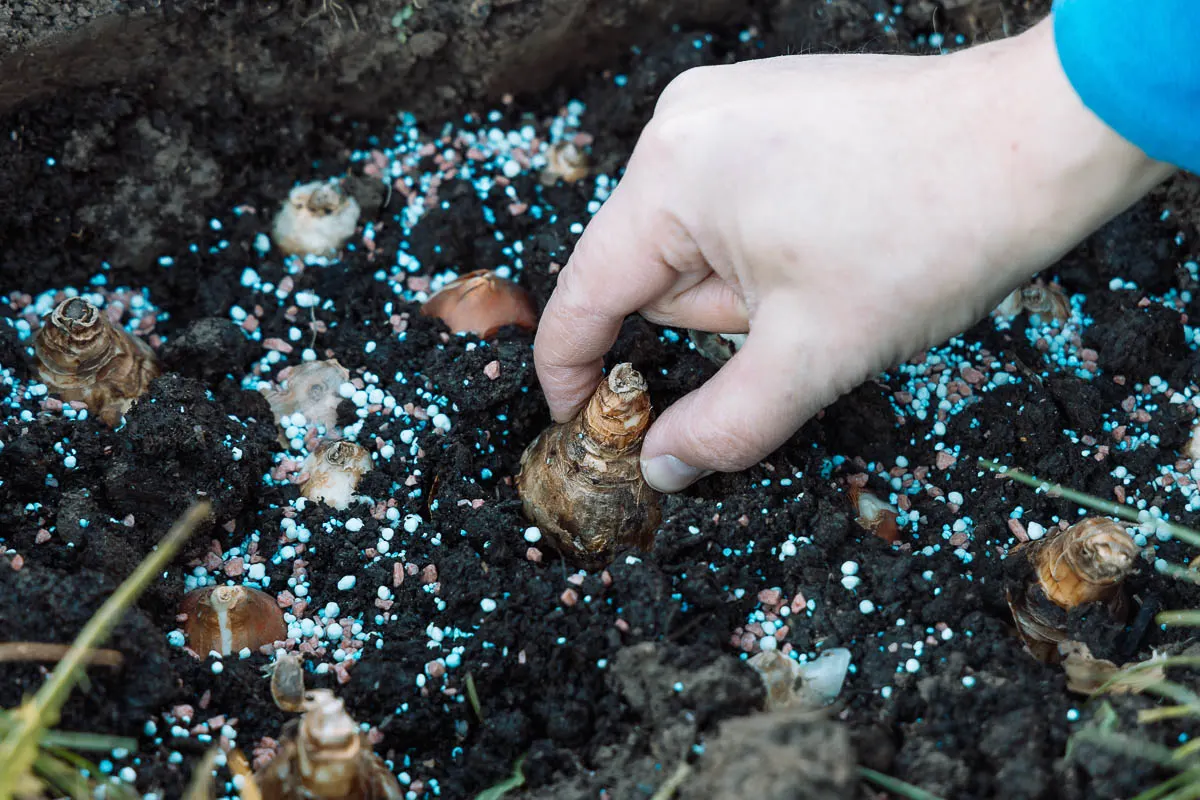
Daffodils, like other spring-blooming bulbs, need to be planted in fall. Although it can be tough to wait so long to see the new growth emerge, this additional time is necessary for the roots to become established, giving the plant the foundation to spring up at springtime.
If you plant your daffodils too late, their natural growing cycle is thrown off. They won’t have enough time to establish strong roots before the soil warms, meaning they won’t have the resources needed to produce flowers.
Incorrect Soil
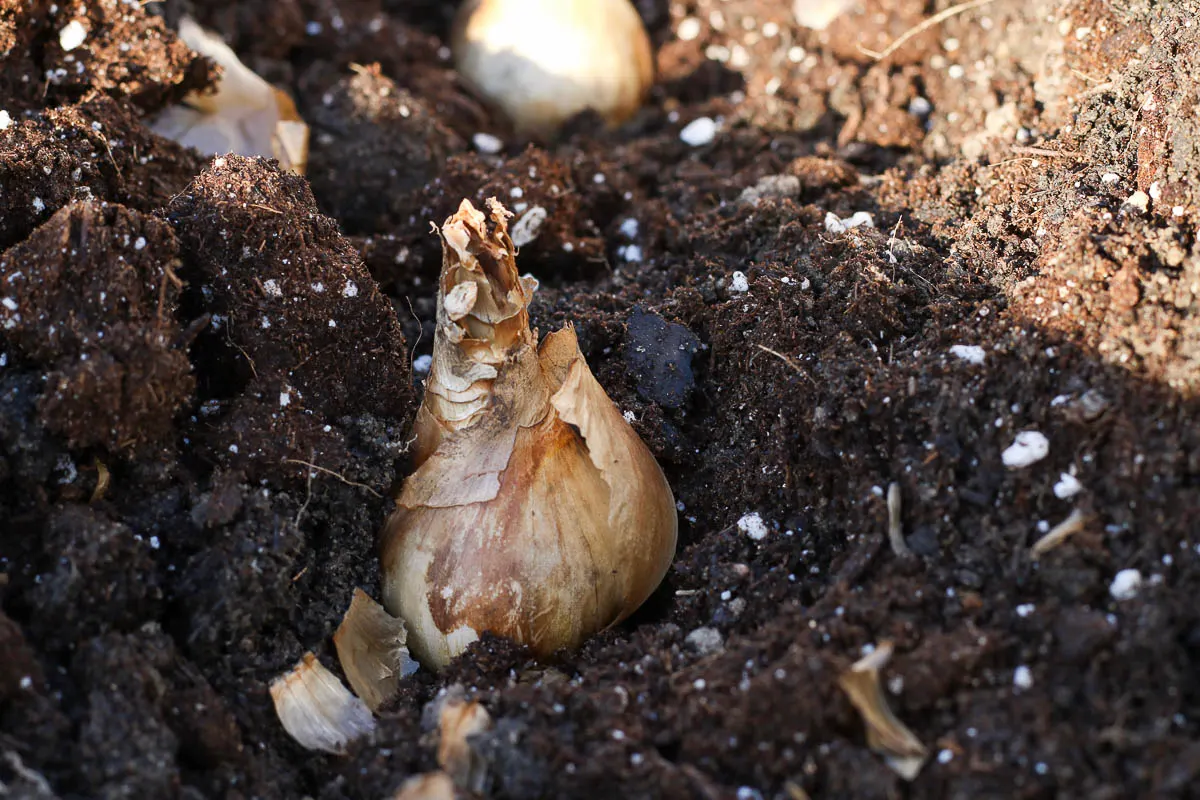
Soil has a major impact on growth for all plants, so it makes sense that the wrong soil could also negatively impact daffodil flowering.
Daffodils need rich soil packed with nutrients that also drains well enough to prevent waterlogging. If it holds onto too much water, the bulb will rot, preventing flowering or even the production of leaves. If it doesn’t hold on to enough water, the roots will continuously dry out, preventing any possible flowers from popping up.
Soil should be amended with organic materials and any amendments to improve texture if necessary. These amendments also need to be mixed in deep into the soil where the roots will expand to.
Overcrowding
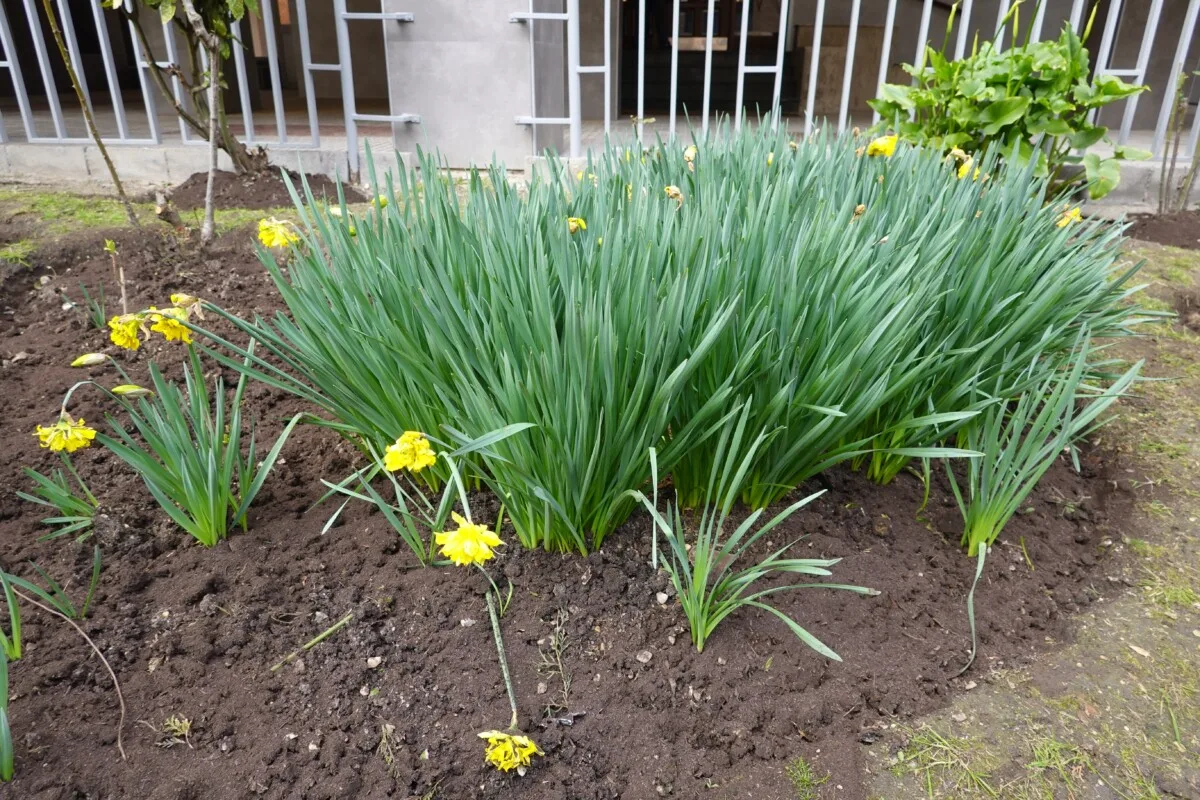
For daffodils that have previously flowered profusely and are now underperforming, overcrowding may be the issue.
Daffodils spread naturally beneath the soil, producing large clumps of growth. Lots of leafy growth without flowers typically means these clumps are overcrowded and competing with each other for available nutrients, meaning none of them have exactly what they need to produce blooms.
Unfortunately, your daffodils won’t produce blooms this season. However, they can be lifted and divided at the end of the season. As long as the bulbs are big enough, they should produce blooms the next year when planted in the fall.
Lack of Nutrients
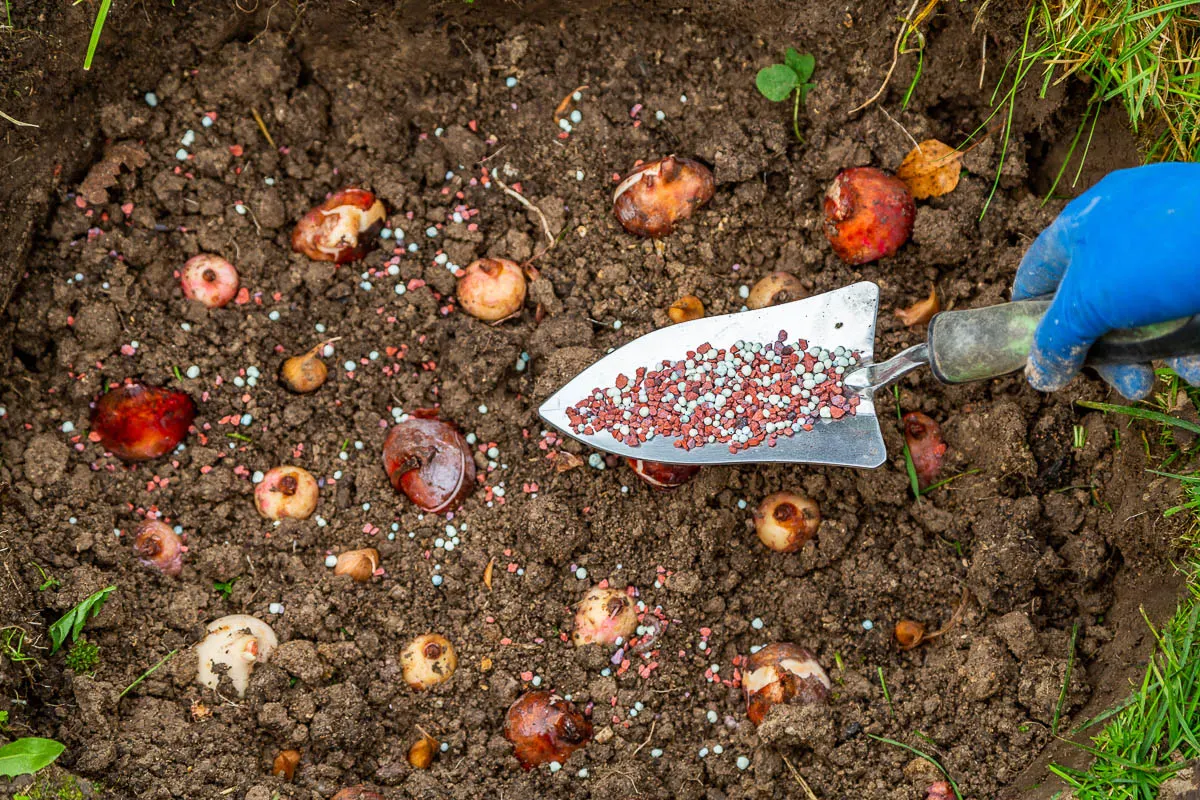
Even though they are made to flower, producing blooms is not an easy task. These complex structures take plenty of energy and nutrients to produce. If your daffodils don’t have enough of what they need, you may see some green growth, but they will not be able to flower.
This can also occur if there is an imbalance of nutrients in the soil, particularly excess nitrogen and lack of phosphorus or potassium. Although all three of these macronutrients work together to boost growth, nitrogen is largely responsible for leafy growth while the other two have more of an impact on flowering.
A soil test is the only way to determine whether there is an imbalance or lack of nutrients in the soil. You can fertilize to see if a nutrient boost resolves the issue, but in the case of an imbalance, this may make the problem worse.
Cutting Too Early
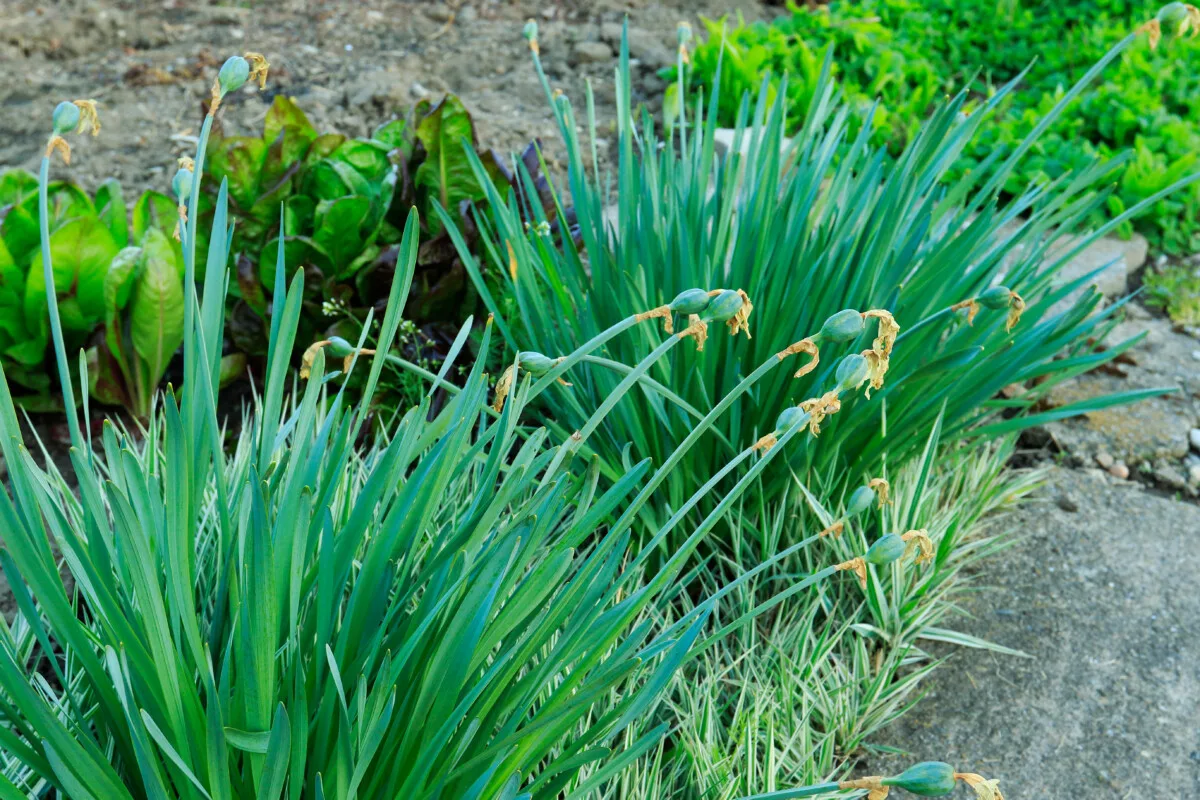
At the end of the season, daffodil foliage will begin to die back. Yellowing leaves may look untidy, but it’s important to avoid cutting them back for at least 4 weeks. As these leaves die back, resources are slowly transported back into the bulb for storage over the cooler months. This is what gives the bulbs the energy to produce again the following spring.
If you cut your daffodils back too early, this essential process will be halted. The bulbs won’t have what they need to flower the next year, or even to produce leaves in extreme cases. Wait until the leaves have died back completely before trimming, even if your beds look a little untidy for a while.
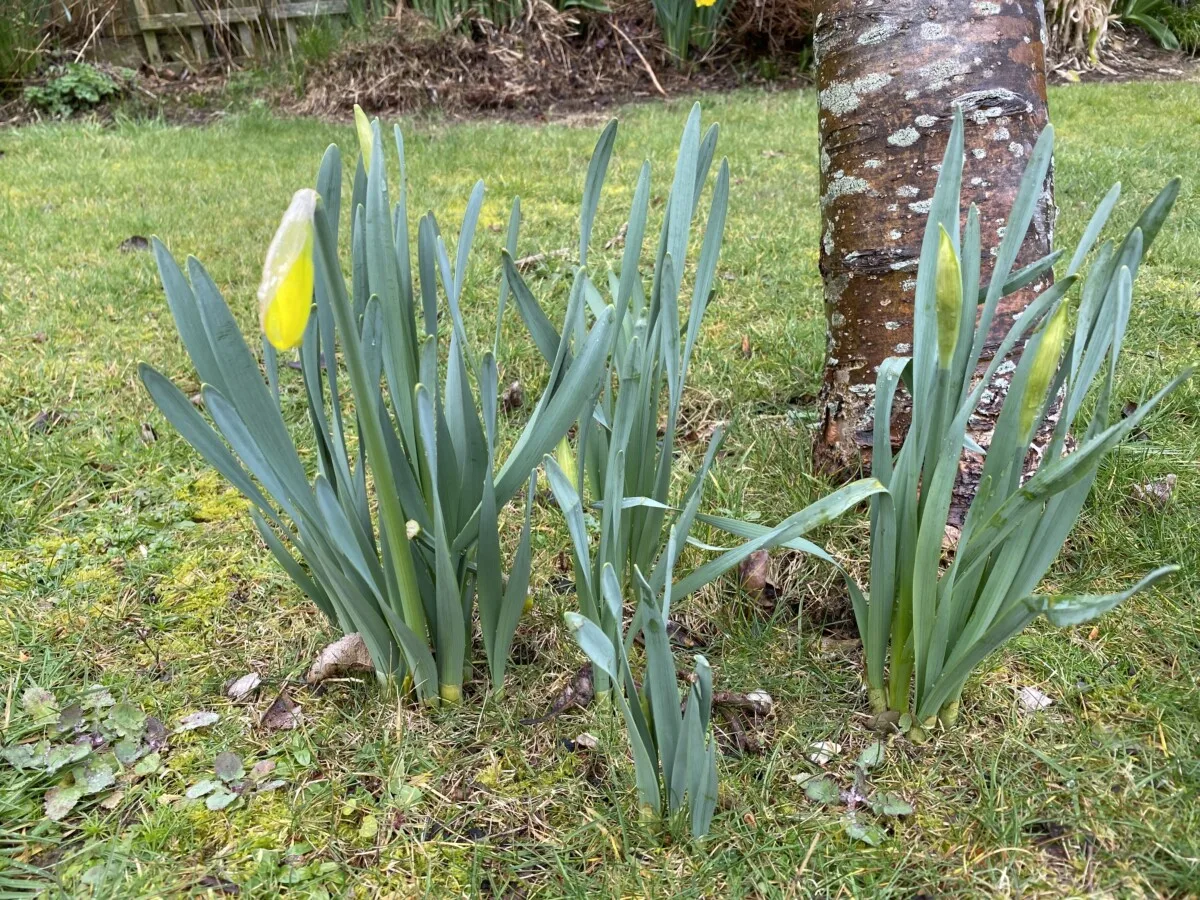
Pests
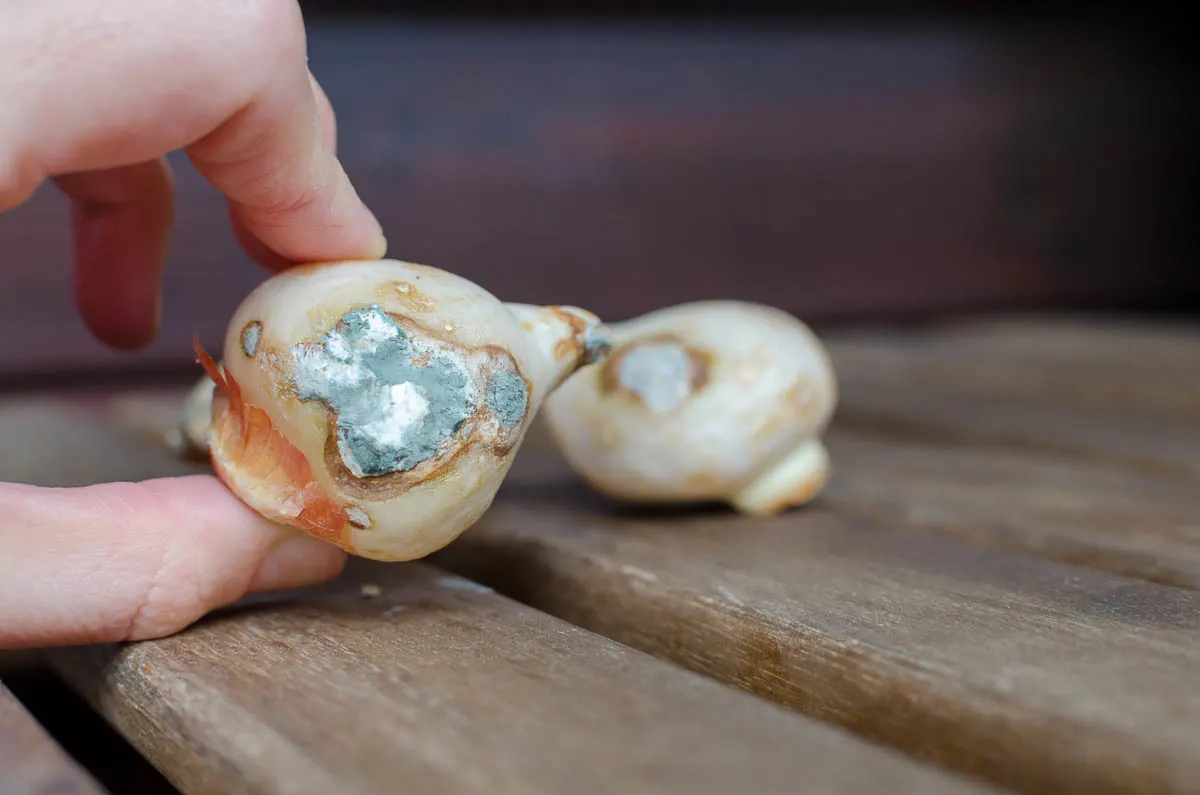
Pests are always a threat in the garden, especially when it comes to bulbs. If the bulb structure is damaged at any point during the growing season, flowering will be impacted and the entire bulb may die off.
The major culprits to look out for are bulb fly and bulb mites that can lead to blind daffodils. Other common garden pests may feed on the foliage, but this will likely only impact flowering when infestations become severe.
Blind Daffodils Or Late Bloomers?
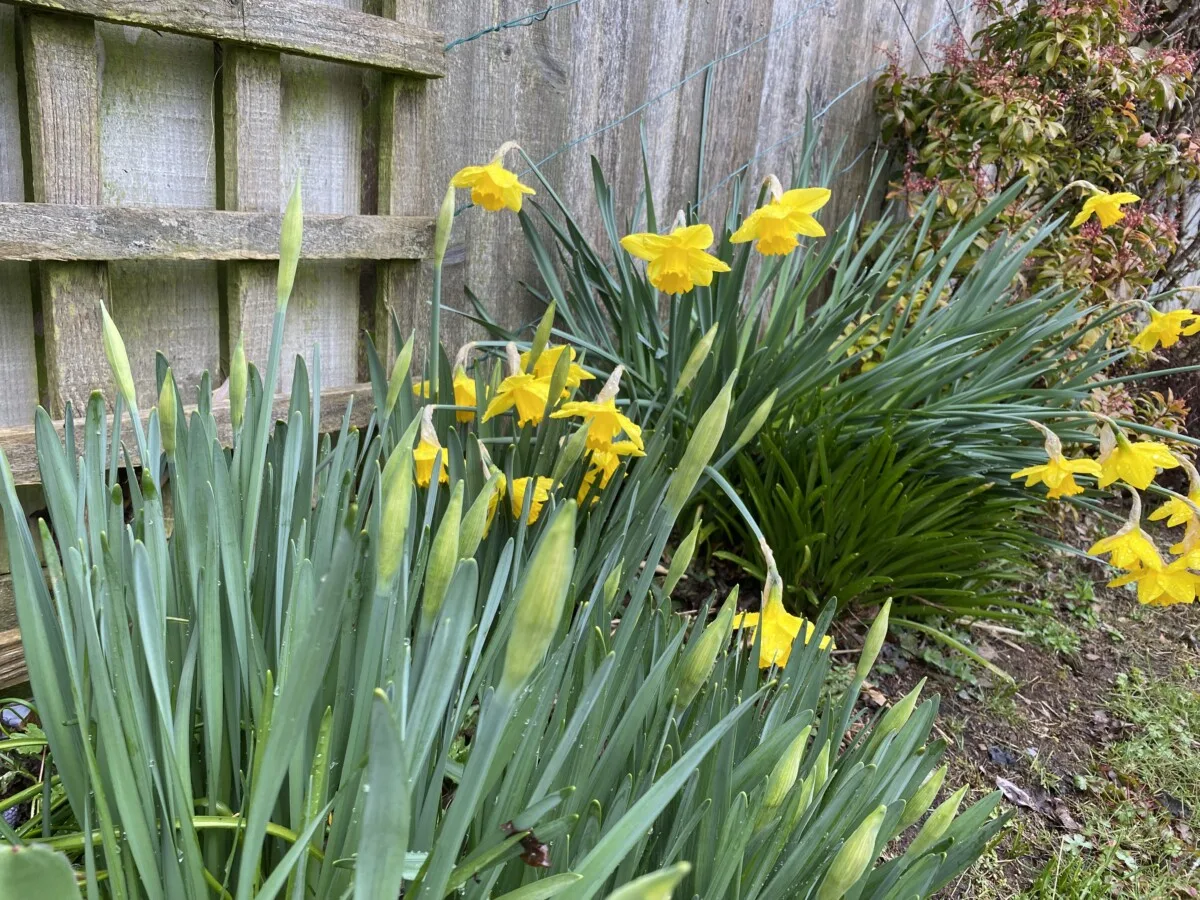
Some daffodils can bloom as early as late January, but some varieties don’t bloom until mid-March. If you are worried about your daffodils not flowering, wait it out and see if you have a late blooming variety.
Will Blind Daffodils Ever Bloom Again?
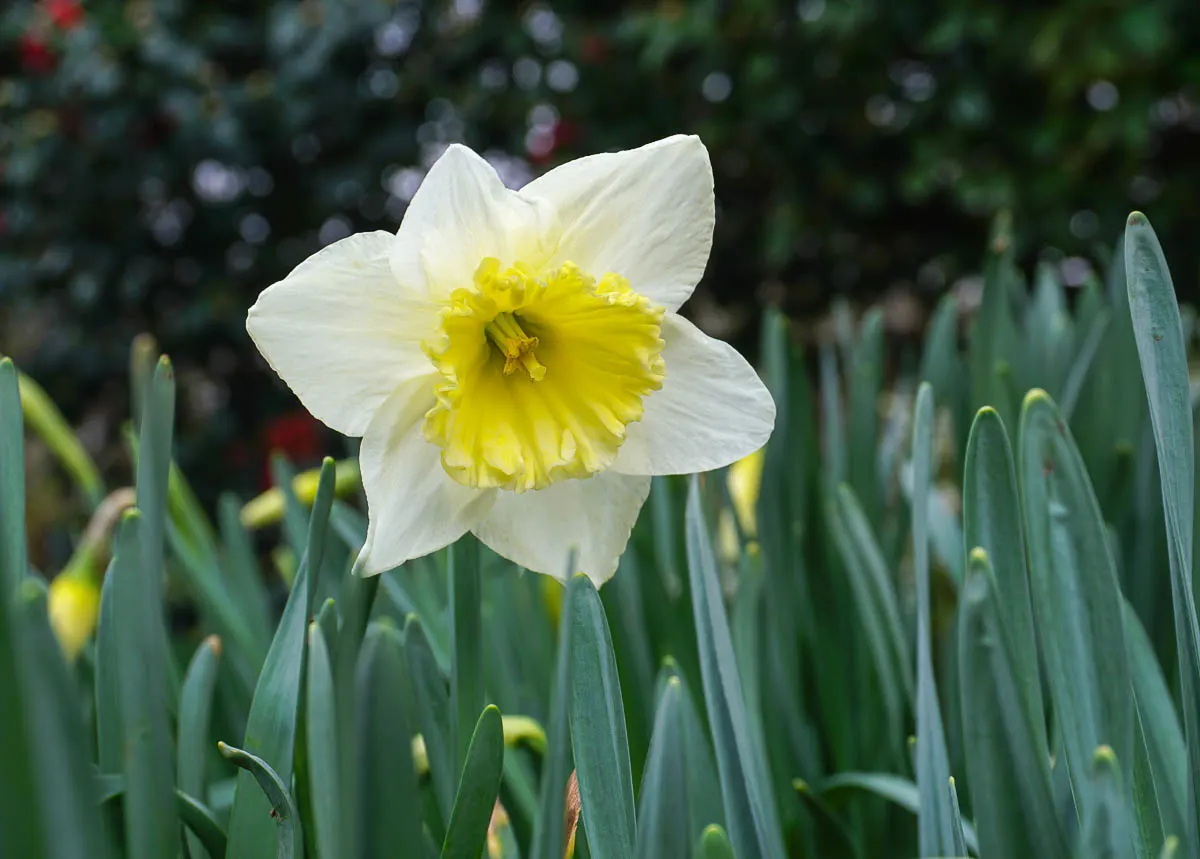
Luckily, as long as the cause of the problem is not bulb damage, blind daffodils can bloom again. All you need to do is fix the conditions that caused daffodil blindness and your plants should bloom again the next season.
If the issue is planting-related, lift the bulbs and divide them, making sure they are planted in the right soil. If it is care or environment-related, make sure they are planted in the right conditions. Always look out for pest problems and divide every few years for strong flowering season after season.

